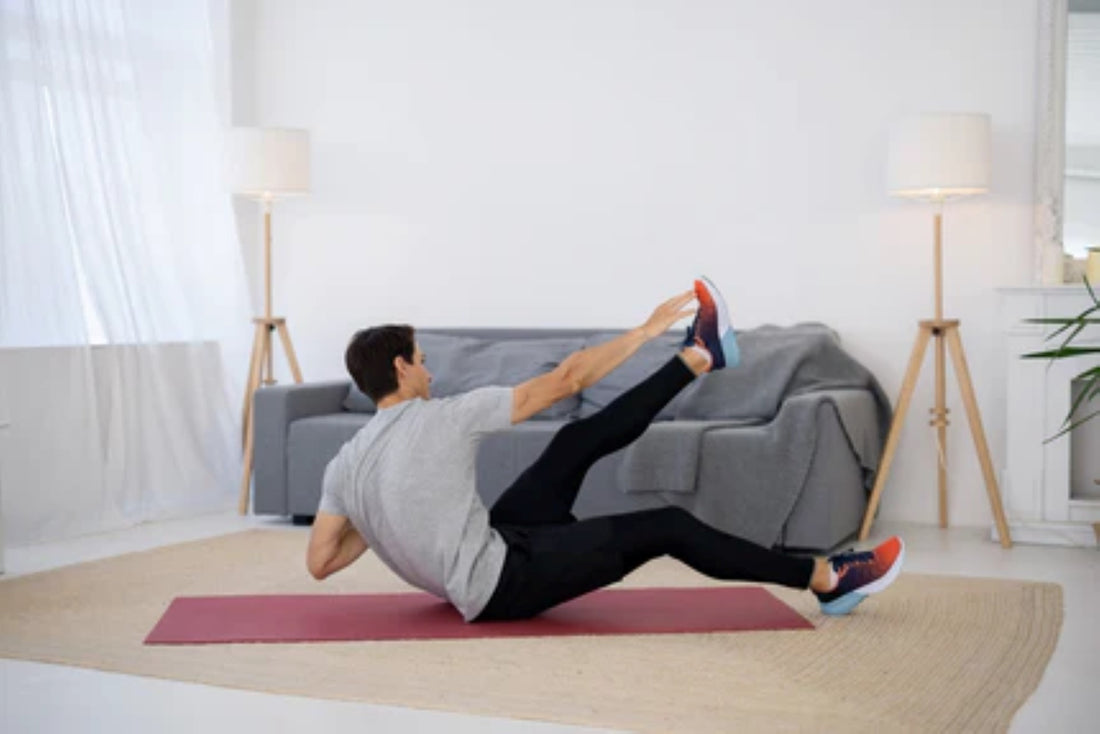
Are you tired of putting in the effort to do crunches only to see minimal results? The problem might not be your commitment but rather your form. Learning how to do crunches correctly can make all the difference in your workout routine. Read on to discover the techniques that will ensure you get the most out of your crunches and build that strong, defined core you've always wanted.
The Importance of Proper Form
Proper form is crucial when it comes to performing crunches. Incorrect technique can lead to injuries, especially in your neck and lower back, and lessen the effectiveness of the exercise. Here are a few reasons why perfecting your form should be your top priority:
- Maximize Muscle Activation: Proper form ensures that you target the intended muscles, particularly the rectus abdominis, obliques, and transverse abdominis.
- Prevent Injuries: Incorrect form, like pulling on your neck or rounding your back, can lead to chronic pain or sudden injuries.
- Improve Posture: Engaging your core muscles correctly helps improve your posture, reducing the risk of back pain in everyday activities.
Steps to Do Crunches Correctly
Now that you understand the importance of proper form, let's dive into the steps that will help you perform crunches correctly:
Step 1: Set Up Your Position
Lie down on a mat or a comfortable surface. Bend your knees and place your feet flat on the floor, hip-width apart. Your hands should be placed lightly behind your head, elbows pointing outwards. This setup will provide the foundation for a strong and effective crunch.
Step 2: Engage Your Core
Before you start the actual crunch, it's important to engage your core muscles. Think about pulling your belly button towards your spine. This activation will ensure that your core muscles are being used throughout the exercise. Avoid pulling on your neck or using your arms to lift your head.
Step 3: Initiate the Crunch
Slowly lift your shoulder blades off the floor, leading with your chest and keeping your head in a neutral position. Your lower back should remain in contact with the ground, and your core should do all the work. Breathe out as you crunch up.
Step 4: Hold and Squeeze
At the top of the movement, pause for a moment and squeeze your abdominal muscles. This extra squeeze will enhance muscle activation and ensure that you're getting the most out of each repetition.
Step 5: Slowly Lower Down
Lower your body back down in a controlled manner, inhaling as you return to the starting position. Avoid letting your upper back rest completely on the ground between repetitions.

Common Mistakes to Avoid
Even with the best intentions, it's easy to fall into some common pitfalls when performing crunches. Here are a few mistakes to watch out for:
- Pulling on the Neck: One of the most common errors is using your hands to pull your neck up, which can lead to strain and injury.
- Using Momentum: Avoid using momentum to lift your upper body. This reduces the effectiveness of the exercise and increases the risk of injury.
- Not Engaging the Core: Make sure you're actively engaging your core throughout the entire movement. This ensures that you're targeting the right muscles.
- Incorrect Breathing: Breathing plays a crucial role in performing crunches correctly. Exhale as you crunch up and inhale as you lower down.
Variations to Keep Your Workout Interesting
Once you've mastered the basic crunch, there are several variations you can try to keep your workouts interesting and continue challenging your core:
- Bicycle Crunches: This variation involves bringing opposite elbows and knees together while alternating sides.
- Reverse Crunches: Focuses on the lower abs by lifting your hips off the ground while keeping your upper back on the mat.
- Oblique Crunches: Target your side muscles (obliques) by twisting your torso during each crunch.
- Stability Ball Crunches: Perform crunches while lying on a stability ball to engage additional stabilizing muscles.
Conclusion
Knowing how to do crunches correctly can make a significant difference in your fitness journey. Proper form not only maximizes muscle activation but also helps prevent injuries and improve posture. By following the steps outlined above and avoiding common mistakes, you'll be well on your way to achieving a stronger, more defined core. So go ahead, perfect your form, and crunch your way to fitness success!





















